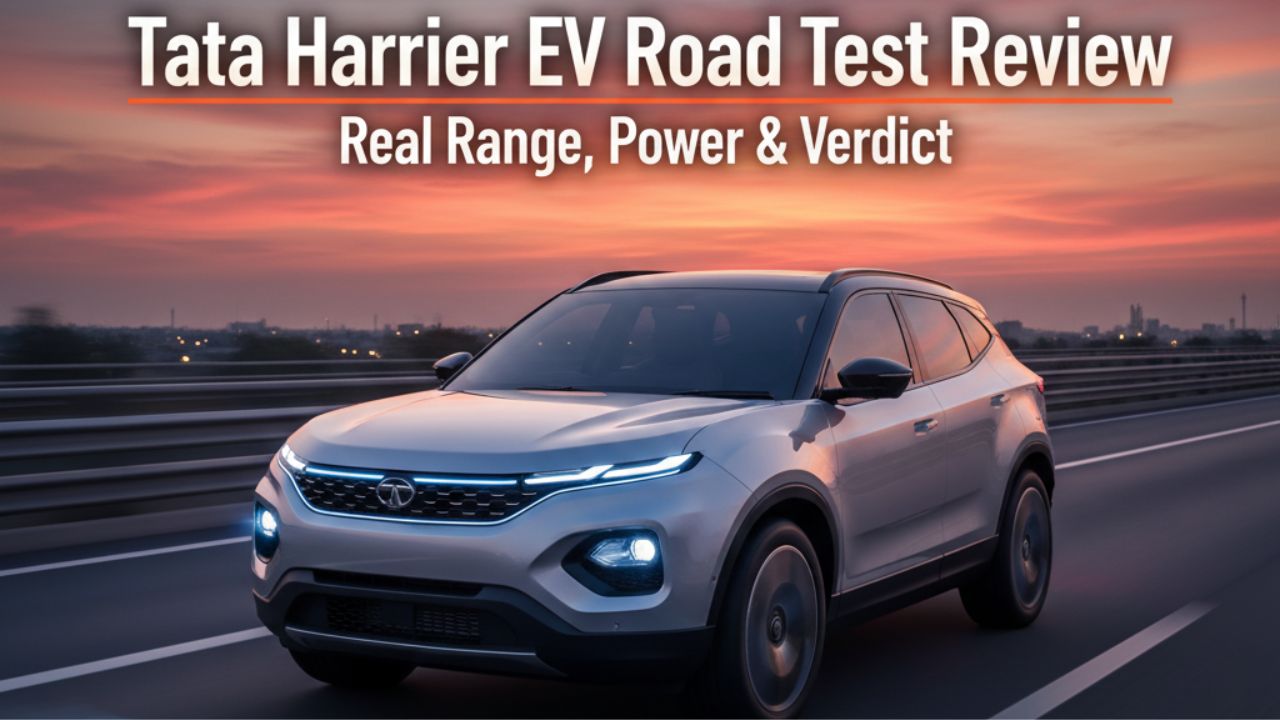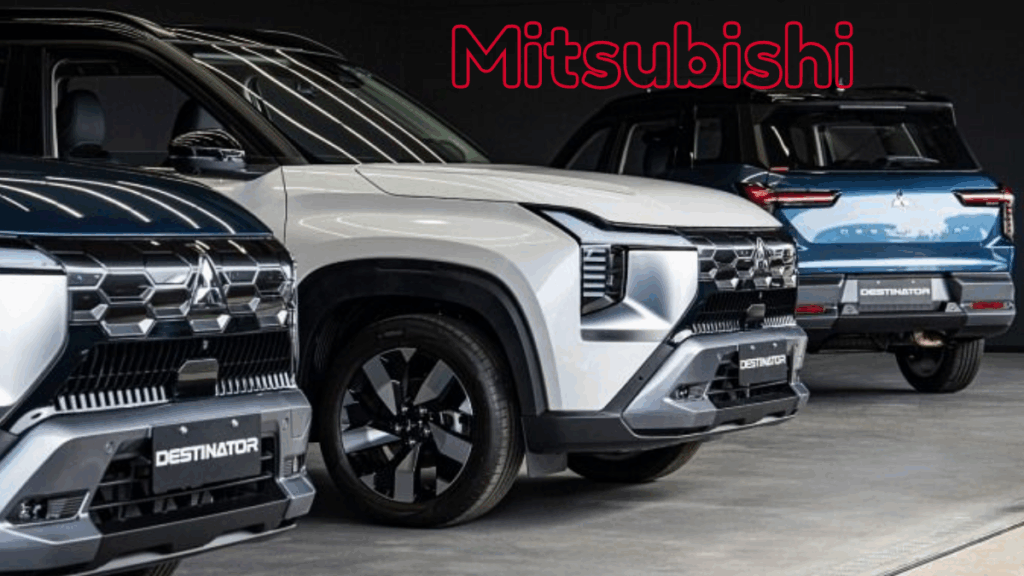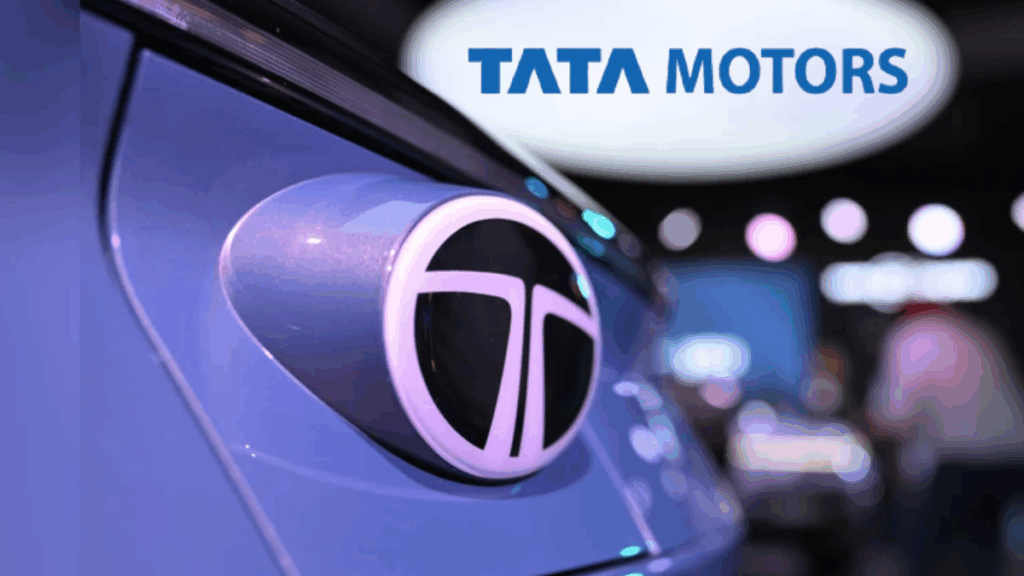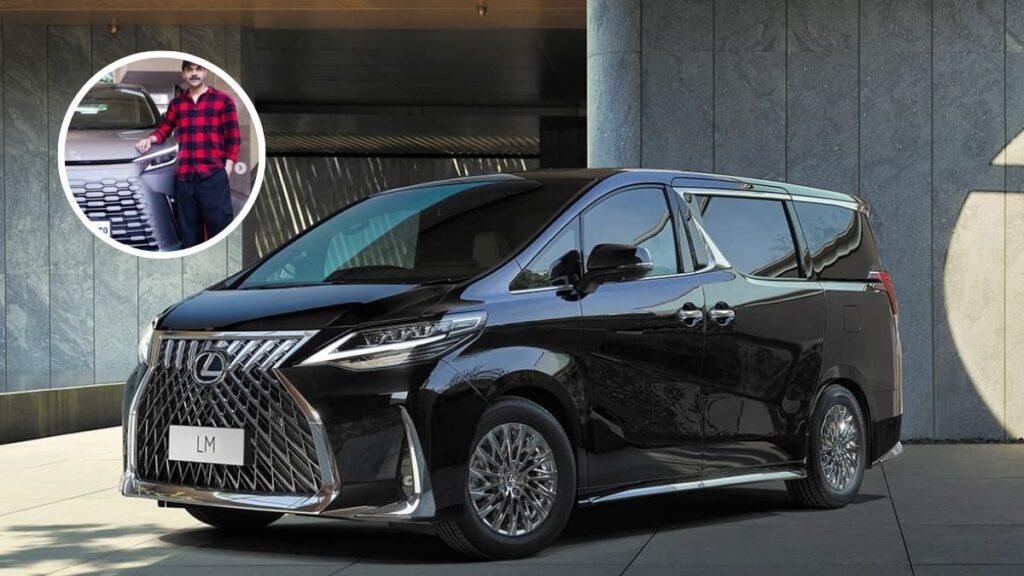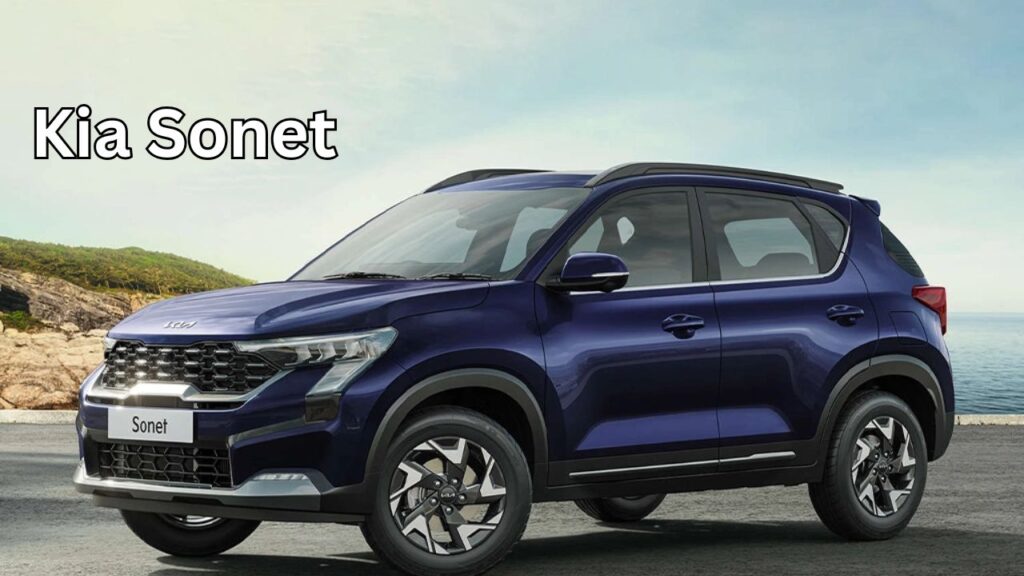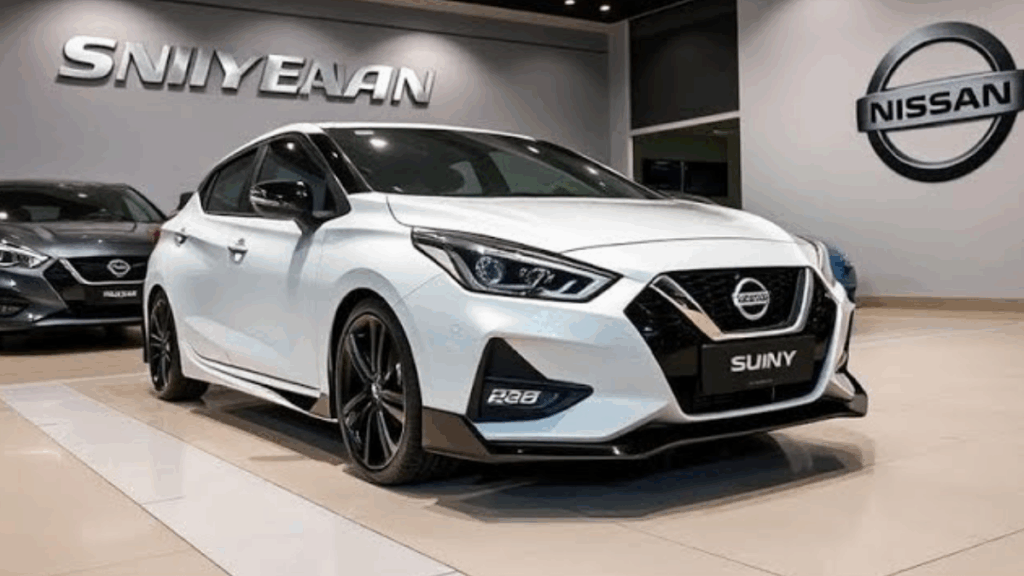With the growing shift toward electric mobility, Tata Motors has taken a bold stride with the Tata Harrier EV. Built on the proven foundation of the internal combustion engine (ICE) Harrier, this electric variant introduces an all-new architecture, advanced electronics, and all-wheel-drive capability. Combining robust design, modern technology, and practicality, the Harrier EV positions itself as a strong contender in India’s mid-size electric SUV segment.
Our comprehensive road test explores whether Tata’s latest innovation is truly the game-changer it promises to be.
Quick Summary
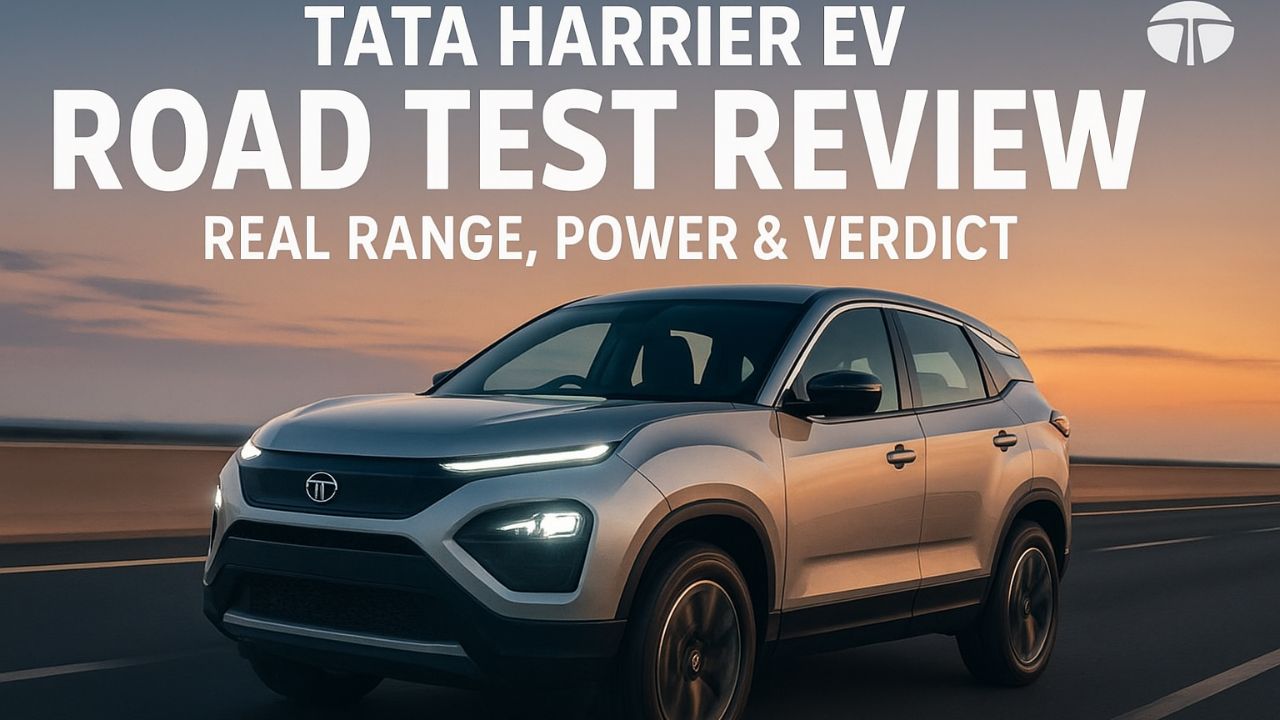
Feature |
Details |
|---|---|
Model |
Tata Harrier EV |
Price Range (Ex-showroom) |
Rs 21.49 – 28.99 lakh |
Range (Claimed) |
538 – 627 km |
Battery Capacity |
64.7 kWh / 74.61 kWh |
Power Output |
Up to 313 hp, 504 Nm |
0–100 km/h |
6.74 seconds |
Safety Rating |
5-Star Bharat NCAP |
Charging Time (DC Fast) |
20–80% in 25 minutes |
Drive Modes |
Boost, Sport, Normal, Eco |
Official Website |
Exterior Design and Engineering
The Tata Harrier EV retains its signature muscular stance, carrying over the handsome proportions of the diesel Harrier while adding distinct EV-specific details. Instead of radical styling cues often seen in electric SUVs, Tata has opted for subtle sophistication.
The front fascia features a closed grille with fine horizontal strakes, a redesigned bumper, and a revised air intake that lend it a cleaner appearance. Along the sides, new aero-optimized 19-inch alloy wheels enhance its profile, while lower variants use 18-inch rims with taller sidewalls for a plusher ride. A discreet EV badge on the front door and a lack of tailpipe at the rear subtly communicate its electric nature.
Underneath the familiar body lies a re-engineered chassis and a new E/E (Electrical/Electronic) architecture called t.idal (Tata Intelligent Digital Architectural Layer). The floor structure has been redesigned to accommodate the heavy battery pack, and Tata claims a 62 percent improvement in torsional stiffness due to the use of high-strength and ultra-high-strength steel. It proudly holds a 5-star Bharat NCAP safety rating, reinforcing Tata’s commitment to passenger protection.
Dimensionally, the Harrier EV is marginally longer (by 2mm) and taller (by 22mm) than its ICE sibling. Its ground clearance stands at 163mm (laden), and its curb weight ranges from 2.1 to 2.3 tonnes, depending on the variant.
Interior Space and Comfort
Step inside the Harrier EV, and the cabin immediately feels premium and inviting. Dual-tone upholstery enhances the sense of space, while piano-black accents add visual richness. However, these glossy trims are prone to fingerprints and scratches.
The 10.25-inch digital driver’s display is intuitive, offering full-screen smartphone navigation, although the small font size can be challenging to read. The centerpiece of the cabin is the new 14.5-inch floating touchscreen, featuring a crisp interface with wireless Android Auto, Apple CarPlay, and in-built Mappls navigation.
Climate controls are managed through a touch-sensitive panel with toggle-based temperature adjustments. Though sleek, these controls require drivers to take their eyes off the road. Fortunately, the multilingual voice command system can handle basic tasks like adjusting temperature and even opening or closing the panoramic sunroof.
The seats deserve praise wide, ventilated, and power-adjustable with memory functions for the driver. Ergonomically, taller drivers may find their left knee brushing against the dashboard, and the placement of the wireless charger could be more practical.
Storage spaces are abundant a cooled central console box, large glove compartment, and door pockets for bottles. Rear passengers enjoy generous legroom, USB-C ports, and a flat floor that accommodates three adults comfortably. The boot space of 502 liters (up to the roof) is slightly less than the ICE Harrier due to the rear motor, but Tata compensates with a front trunk (frunk) offering up to 67 liters in RWD variants.
Features and Safety
The Harrier EV is loaded with features that appeal to tech-savvy buyers. The Samsung 14.5-inch Neo QLED touchscreen paired with a 10-speaker JBL sound system with Dolby Atmos delivers an immersive in-car experience. A 360-degree camera with a transparent bonnet view, a digital rearview mirror with dashcam functionality, and Level 2 ADAS (Advanced Driver Assistance Systems) underline its tech-forward nature.
Key ADAS features include:
- Adaptive cruise control
- Lane-keeping assist
- Autonomous emergency braking
- Cross-traffic alert
- Blind-spot monitoring
- High-beam assist
Additionally, Tata introduces Summon Mode and Anywhere Parking, enabling the car to move or park autonomously in tight spaces controlled via its smart circular key. Though innovative, these features still require refinement in responsiveness and smoothness.
Safety is reinforced with seven airbags, ABS, traction control, ISOFIX mounts, and a robust body structure.
Performance and Refinement
The Tata Harrier EV comes in both single-motor (RWD) and dual-motor (AWD) variants. Power figures peak at 313 hp and 504 Nm of torque in AWD form, sourced from a combination of permanent magnet synchronous and induction motors. Despite weighing over 2.3 tonnes, the Harrier EV accelerates from 0–100 km/h in 6.74 seconds, demonstrating brisk yet refined performance.
While acceleration is strong, it feels progressive rather than aggressive a trait that makes the SUV more composed than thrilling. Cabin insulation is excellent, keeping wind and road noise at bay. However, the air-conditioning blower can get quite loud at higher speeds.
Four drive modes Boost, Sport, Normal, and Eco tailor the driving experience, while four levels of regenerative braking can be adjusted via steering paddles. The lack of a single-pedal driving mode is noticeable, though braking distances remain impressive at 24.36 meters from 80 km/h to 0.
Range and Charging
The Harrier EV is offered with two LFP battery packs 64.7 kWh and 74.61 kWh delivering ARAI-rated ranges between 538 km and 627 km. In real-world conditions, the larger AWD variant achieved an average of 401 km combined range, balancing performance with efficiency.
Charging times are competitive. The 377.6V architecture supports up to 107 kW DC fast charging, allowing a 20–80% top-up in just 25 minutes. A 7.2 kW home wall charger replenishes the battery overnight in about 10 hours. Tata also includes a portable 3.3 kW charger as standard.
Ride and Handling
Despite its hefty weight, the Harrier EV delivers a confident and composed drive. The suspension setup independent MacPherson struts at the front and a multi-link rear soaks up bumps effectively. While the rear exhibits slight floatiness on undulating roads, overall ride comfort is excellent. The electric SUV’s 62 percent improved torsional stiffness helps it corner flatter and feel more planted, with the AWD system enhancing traction on tricky surfaces.
Off-road capability is aided by Terrain Response Modes like Mud, Sand, Rock, and Snow, but the 163mm ground clearance limits serious off-roading potential.
Price and Verdict
Priced between Rs 21.49 lakh and Rs 28.99 lakh (ex-showroom), the Tata Harrier EV undercuts most competitors, offering a high-value proposition. It may not revolutionize the EV segment, but it successfully blends design, comfort, technology, and range into a robust package. Minor drawbacks such as weight-induced performance lag and ergonomics aside, the Harrier EV is easily one of Tata’s most accomplished electric vehicles to date.
Frequently Asked Questions (FAQs)
Q1. What is the real-world range of the Tata Harrier EV?
In real driving conditions, the Harrier EV delivers between 390–410 km depending on traffic, terrain, and driving mode.
Q2. Does the Tata Harrier EV support fast charging?
Yes, it supports up to 107 kW DC fast charging, which can recharge 20–80% in around 25 minutes.
Q3. Is the Tata Harrier EV an AWD vehicle?
Yes, the top variant features dual motors for all-wheel drive capability, enhancing grip and stability.
Q4. What are the main competitors of the Harrier EV?
Its primary rivals include the Mahindra XUV.e8, Hyundai Ioniq 5, and BYD Atto 3.
Q5. Is the Tata Harrier EV suitable for long drives?
Yes. With a real-world range exceeding 400 km and fast-charging capability, it is practical for both city commutes and intercity travel.
For More Information Click HERE
